Bob Mierendorf and the pre-history of Cascade Pass
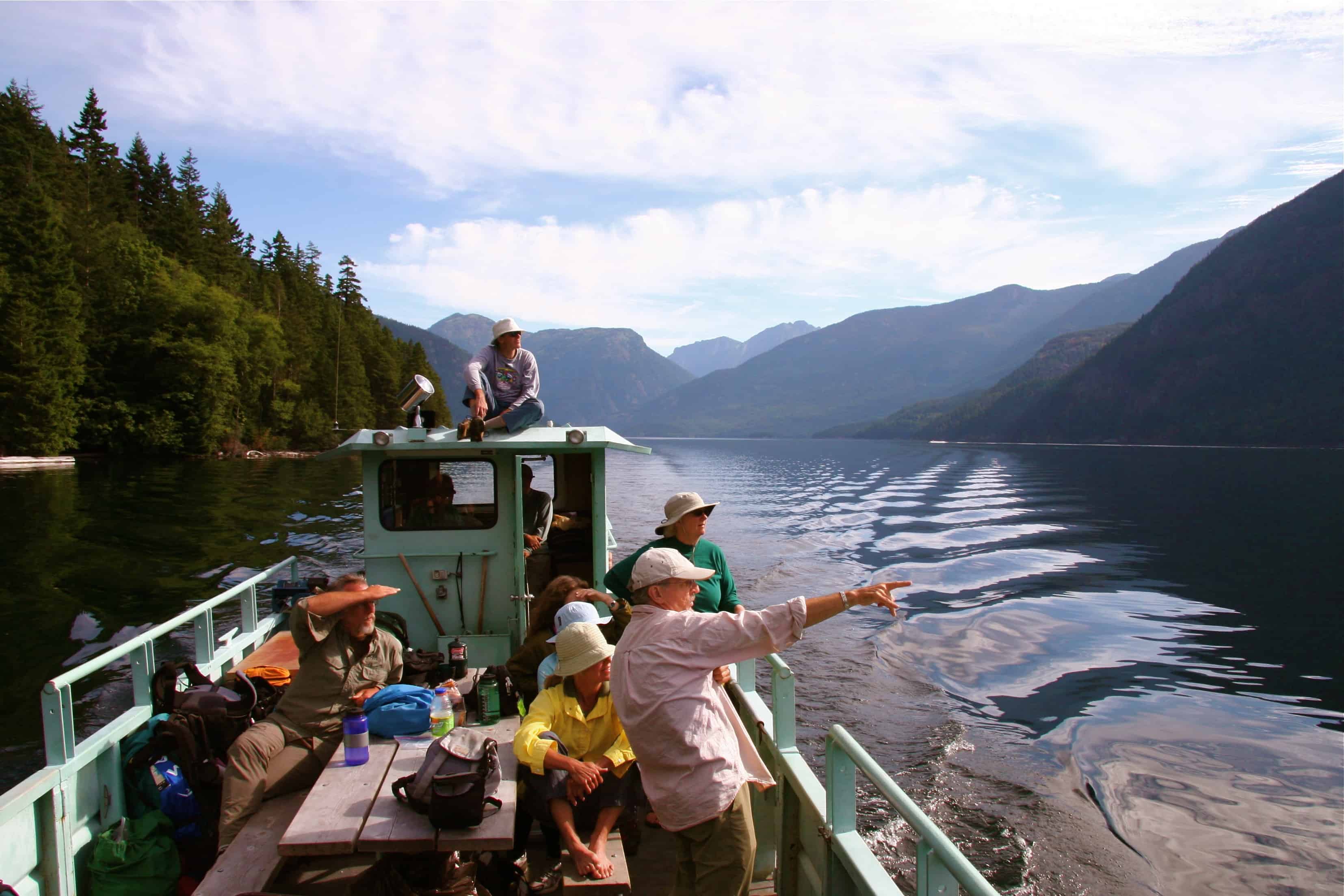
North Cascades National Park archaeologist, and long-time Institute field instructor and former board member, Bob Mierendorf is prominently featured in an excellent new article just published in Washington State Magazine, published by Washington State University. In “Of Time and Wildness in the North Cascades,” Mierendorf interprets his important work in documenting native presence in the higher elevations of the North Cascades:
Mierendorf has spent the last couple of decades trying to convince the archaeological establishment that pre-contact Northwest Indians did not confine themselves to the lowlands, but lived in the North Cascades and frequented the high country. When Mierendorf first started working at the park, Cascade Pass was one of 17 archaeological sites identified within it. Since then, he has identified nearly 300 more. Forty-five of those sites are located between 4,000 and 7,000 feet.
Obviously, population densities in the mountains were nowhere near what they were along the more hospitable coastal lowlands. Mierendorf argues simply that lower density does not mean absence. An earlier assumption by archaeologists was that Indians actually avoided the mountains, and any contact between coastal and interior tribes was accomplished by traveling along the Columbia Gorge. Mountains were a barrier, not a destination. The idea that prehistoric people crossed the Cascades on foot was simply incomprehensible.
Such an assumption is certainly understandable. The North Cascades is tough country. Even though only two volcanic peaks are higher than 10,000 feet, the deep glacier-carved valleys create dramatic local relief, often as much as 6,000 feet between valley floor and peak.
Alexander Ross, a fur trader with the North West Company, made the first non-Indian crossing of the North Cascades in 1814, from east to west, guided by an Indian. “A more difficult route to travel never fell to man’s lot,†wrote Ross.
So why was the question of the Indians’ presence in the mountains such a mystery? Why didn’t archaeologists just ask the Indians?
This article is a significant contribution to the public’s understanding of the cultural history of the North Cascades, and the Institute is understandably very excited to share it widely. You can read the rest of the article here.
In the next week or so, we’ll be opening registration for our spring and summer programs in the North Cascades, including Mierendorf’s long-running, popular field excursion on Ross Lake that explores the region’s cultural history, from native uses through to miners, fire lookouts and the park service (see photo at top of post). “Ross Lake by Boat and Boot: People and Places of the Upper Skagit” takes place July 22-25, with Captain Gerry Cook piloting the Ross Mule, your floating classroom for this exciting learning adventure. (While we can’t offer registration quite yet, you can send an email to nci@ncascades.org and we’ll let you know as soon as it is open for sign-ups!)
More scenes from Mierendorf and Cook’s “Ross Lake by Boat and Boot” outing:
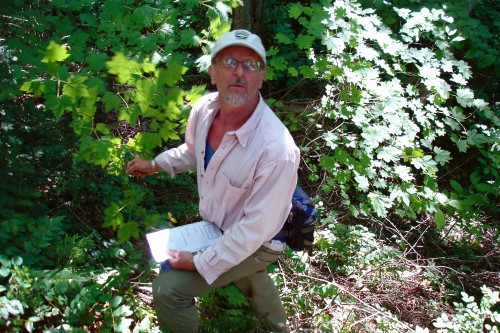
Bob has extensive knowledge of indigenous uses of native plants in the North Cascades and leads insightful botany walks around Ross Lake.
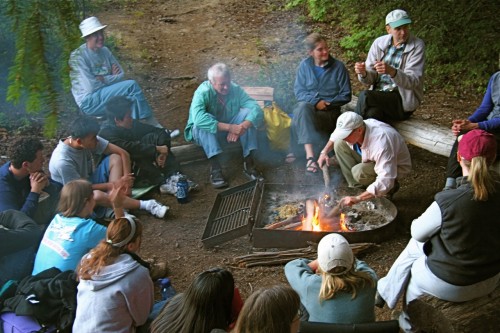
Bob tends the fire and Gerry looks on while Jim Harris tells stories from a life spend tramping in the North Cascades.
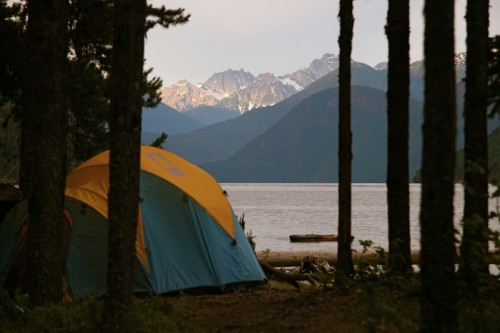
Base camp is at Lightning Creek on the shores of Ross Lake.
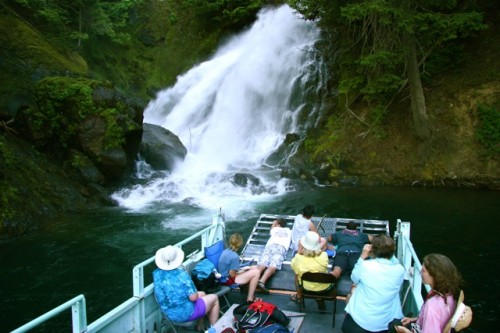
Many side canyons and waterfalls to explore on the Ross Mule.
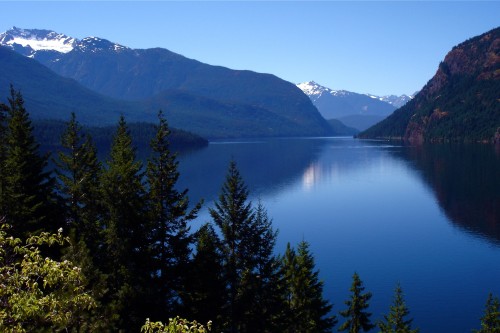
Beautiful Ross Lake (Jack Mountain and Nohokameen Glacier on the left).
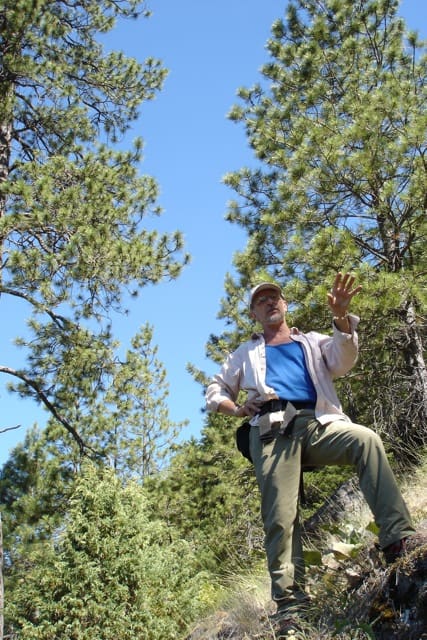
Bob in action on the dry side of the lake where pines and balsalm roots flourish.
Photographs by Christian Martin, 2007.


Wow! What a great story and pictures…Ross Lake is beautiful!
I’ve enjoyed a few trips on the mule around Ross Lake on a guided tour with my brother, who is a wonderful teacher and one of the great archaeologists in the country in his field.
I’m proud to be Robert Mierendorf’s sister.
Sounds like an interesting and enjoyable
trip! I was an SCA Volunteer during Summer
1988, and was able to take part in a dig
under Bob and his Staff. Looking at this brings back
memories.
I think that archeology owes a debt of gratitude to Bob Mierendorf. Any remaining academic naysayers questioning Bob’s conclusions about the established presence of ancient Native Americans in the Cascades high country now have the burden of proving him wrong. The facts speak for themselves. Bob did first-rate science in collecting the data and presenting the proof. Eschewing old assumptions and biases, Bob persevered in digging for the truth. In that sense, he has set a fine example for scientists everywhere.
Chelan Butte Obsidian may have come from California Obsidian Dome! Judging from pictures anyway!
Peace Out Bob!
Hope all is well